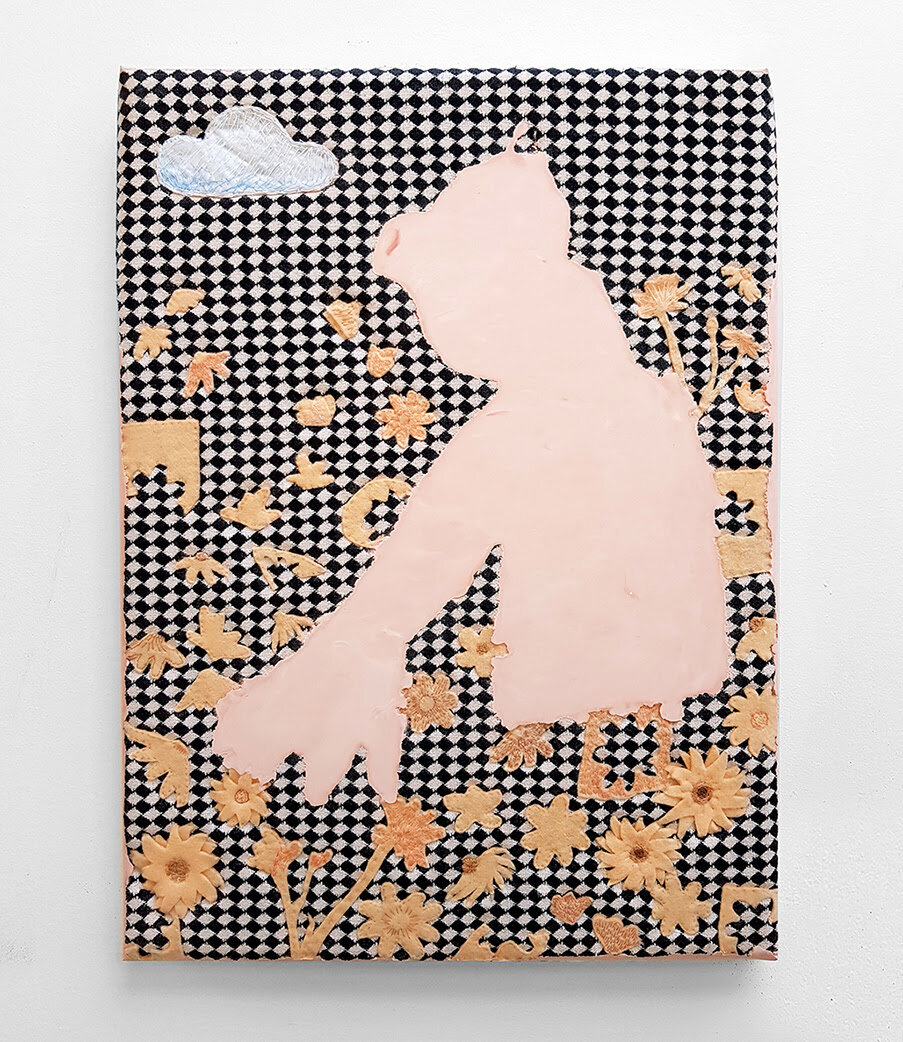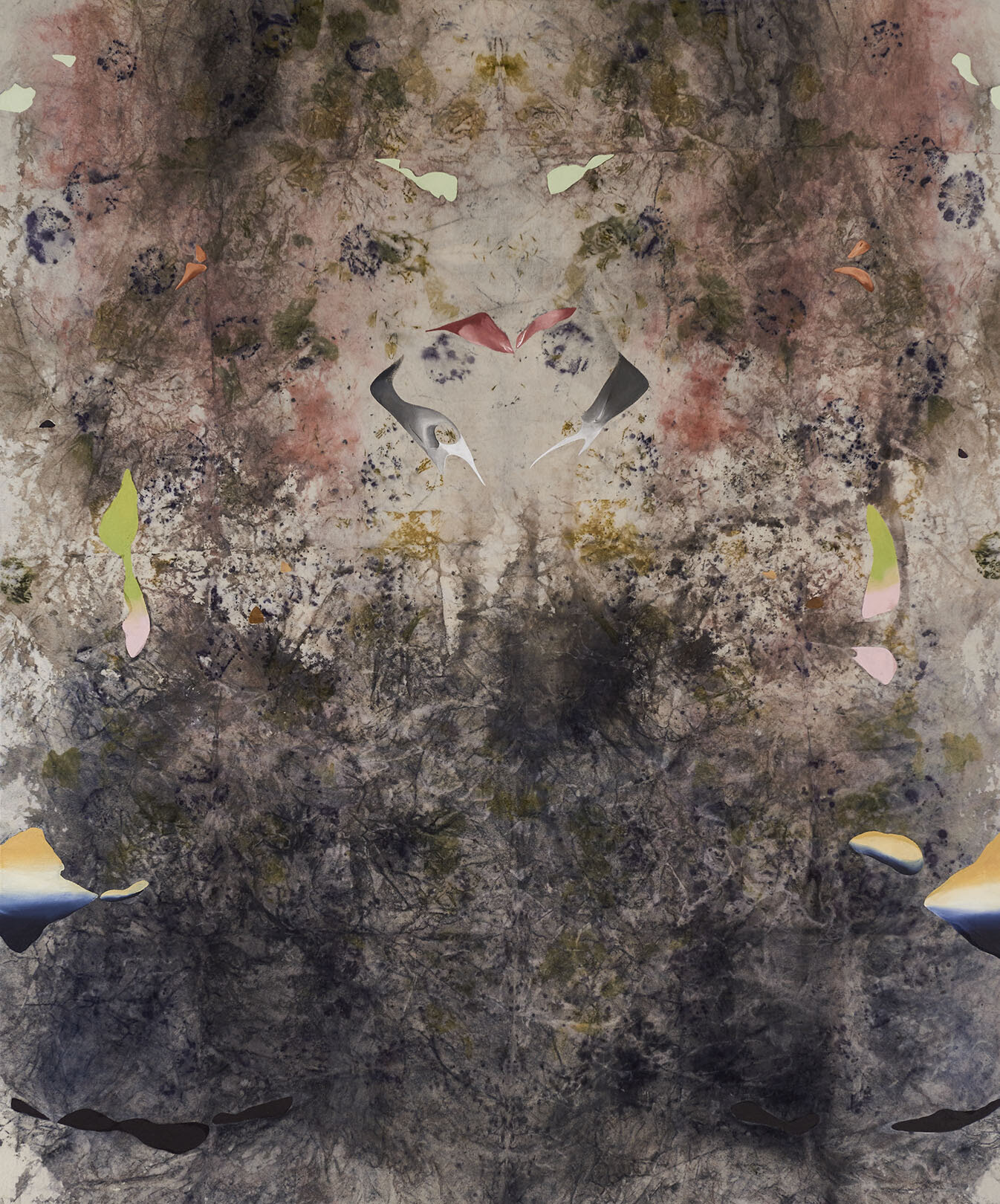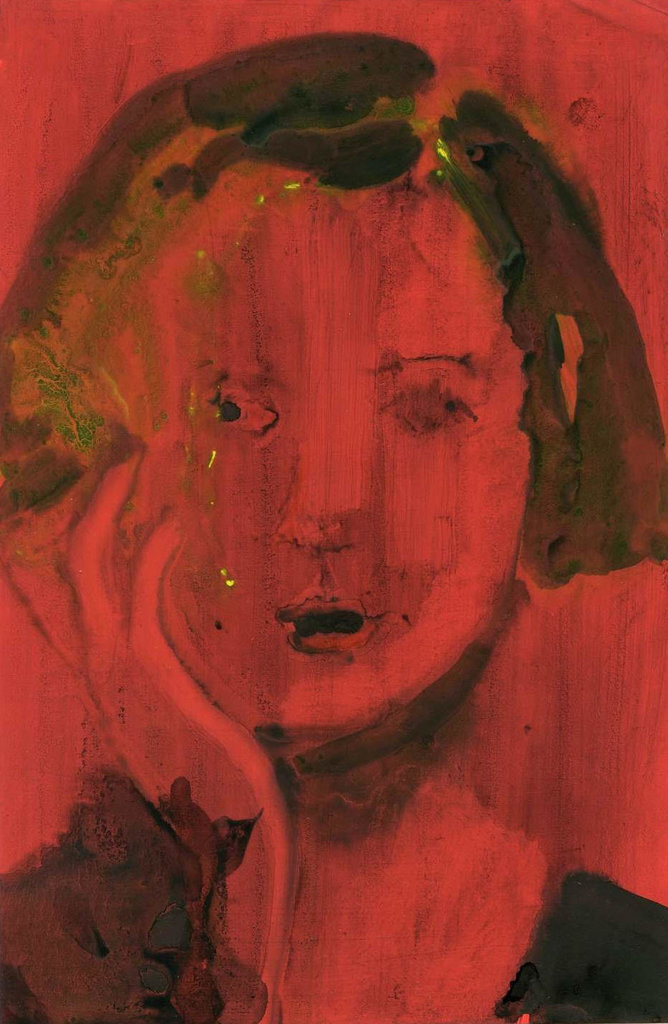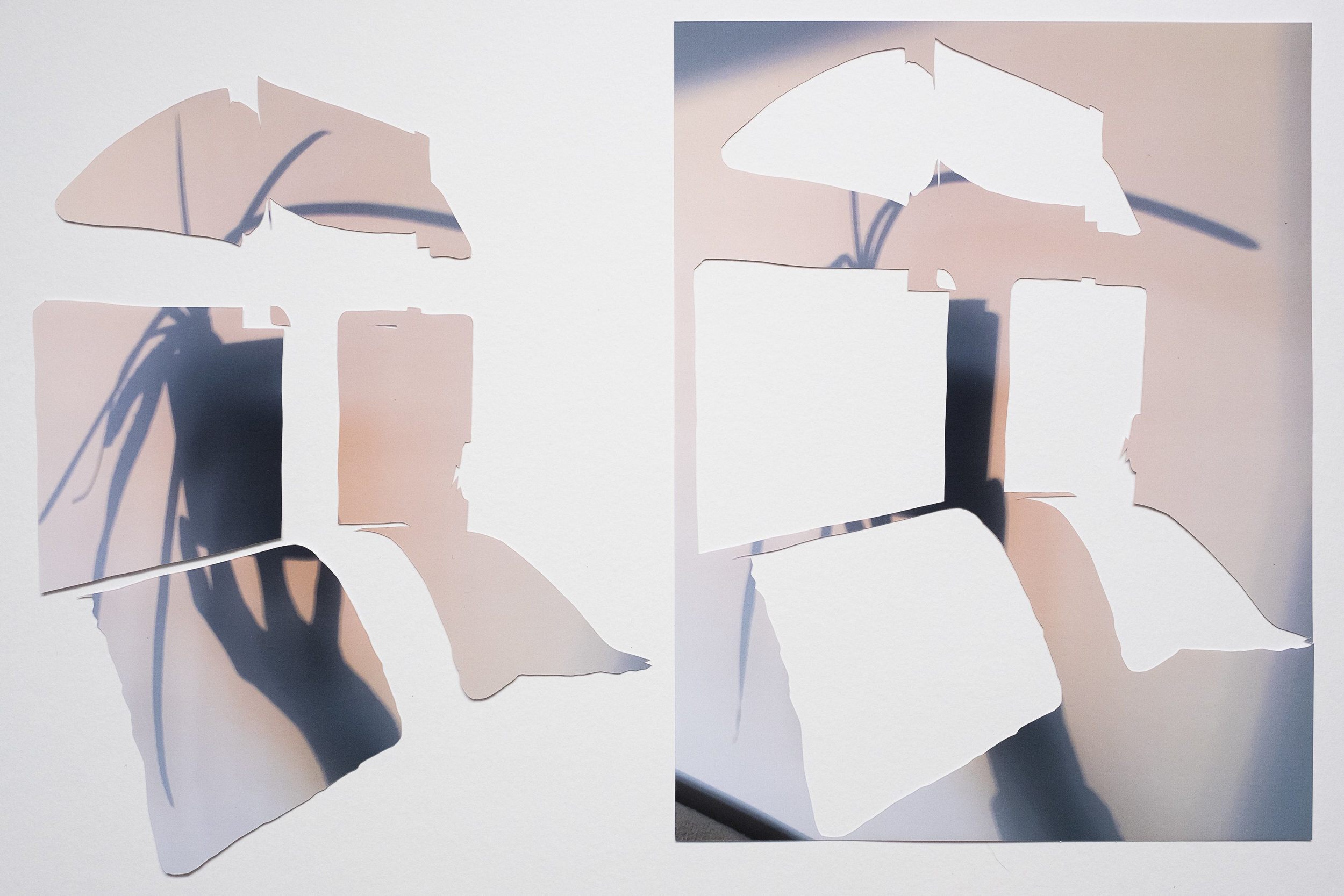Fossil Record
General Hardware
Curated by Tatum Dooley
January 18 - February 22, 2020
Artists
Fiona Freemark
Gillian King
Margaux Smith
Stanzie Tooth





curatorial text
I’ve been thinking lately about the thin line between permanence and ephemera. Plants, flowers, performance, feelings, and life are all in a constant state of decay, only lasting a short period of time before they’re gone. The only things I can think of as permanent are plastics, literature, and art. The latter tries to grasp onto the concept of decay, translating the ephemeral into something permanent. As the world changes around me—people die unexpectedly, relationships fade, a favourite piece of jewelry is misplaced—I take comfort in art’s ability to anchor me in a world that doesn’t make sense. I was drawn to the artists in Fossil Record—Gillian King, Stanzie Tooth, Fiona Freemark, Margaux Smith—for this reason.
The four artists work in a way that heightens the permanence of the canvas by carving into the surface, staining, and layering as a way to create visual representations of the topography of life. The tactility of the art, the way physical marks are embedded into the canvases, shift the ungraspable into something corporeal. Their work represents the constantly changing world, grounded in physical form. The permanence of the work soothes.
Fiona Freemark uses the countors of shadows as a stencil to cut into a photograph, typically of nature. In doing so, she translates forms that typically fade quickly into a permanent state via the photograph and blade as a drawing tool. The delicate and detailed work is unforgiving, giving weight to the precarious nature of life. Every cut Freemark makes into the photograph is fixed, there’s no going back. If Freemark’s work represents permanence through removal, Gillian King’s paintings do the opposite, using layers to build a surface that looks like a fossil. King stains the canvas with layers of plant sediment, the process reminiscent of printmaking techniques. Her painting’s become a looking glass into a geography that is slipping away. The final element, abstractions painted onto the canvas, represent a part of the process that King can control, tying together the unpredictableness of the other elements. A metaphor for life, if you were so inclined.
Margaux Smith’s paintings contain a process of removal and addition, the history of the canvas present to the viewer’s eye. Not unlike Freemark, Smith carves into her canvas. Visible marks remain in the final iteration of the work, despite paint being layered on top of the incisions. The semi-abstractions create the potential for multiple viewings: narratives form and vanish not unlike the layeredness of memory. Stanzie Tooth’s paintings verge the closest to sculpture: a three-dimensional canvas that can be hung on the wall. Subtle notes of embroidery add depth literally and visually. The shapes in Tooth’s work are reminiscent of digital forms, creating a disjuncture with the medium that pushes the viewer to consider our relationship with form and material.
The complex layers within each artists’ work physically manifest concepts that are invisible, something I can grasp onto and understand. The process of curating creates a space for me to reconcile my anxieties about the fleeting nature of time with the solace I feel in the permanence of art: the exhibition is only up for a short while, making the specific arrangements of art within the space ephemeral, despite being made of permanent objects. This tension feels true to life.
